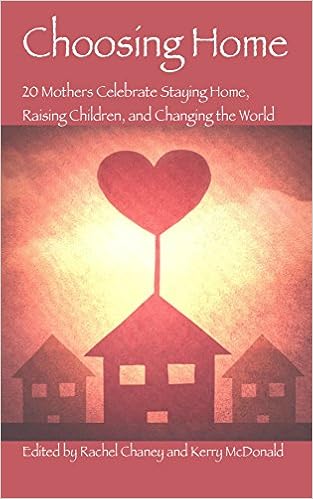“Children learn from anything and everything they see. They learn wherever they are, not just in special learning places.” ― John Holt, Learning All The Time
Humans learn. It's what we do. It's how we survive and thrive in the culture to which we're born. The relatively recent experiment of placing children in age-segregated classrooms for the better part of their days and weeks, and at increasingly younger ages, severs children from their community, from the vibrant array of people, places, and things from which they would naturally learn. As Jay Griffiths writes in her exceptional book, A Country Called Childhood: "How has childhood become so unnatural? Why does the dominant culture treat young humans in ways which would be illegal if applied to young dogs? Born to burrow and nest in nature, children are now exiled from it. They are enclosed indoors, caged and shut out of the green and vivid world, in ways unthinkable a generation ago."
This morning, city workers shut down our street to clean the drains. As the giant orange truck worked its way down the road, its enormous limb reaching into the depths of city sludge and up again, the kids watched. And learned. We chatted with the workers, jovial men who were delighted by the unhindered curiosity of young children. You could tell the men were pleased to share their knowledge, to explain how and why they do what they do. Despite being surrounded by passersby, I imagine city drain-clearing is a lonely job. All it takes is the natural curiosity of kids to see work in a new light, to see opportunities to educate and enlighten, to connect and belong.
In his new book, Tribe: On Homecoming and Belonging, Sebastian Junger writes about the diminishment of real community and its impact on Americans' mental health and well-being. He explains that in true tribes--like indigenous hunter-gatherer societies, or neighbors collaborating during a disaster, or platoons of soldiers working together in combat--individuals rely on others for survival, and are in turn relied upon. It's this circle of dependence and being depended upon that offers real meaning and fulfillment. The absence of this tribal community leads to isolation and despair. Junger writes that "human beings need three basic things in order to be content: they need to feel competent at what they do; they need to feel authentic in their lives; and they need to feel connected to others. These values are considered 'intrinsic' to human happiness and far outweigh 'extrinsic' values such as beauty, money, and status. Bluntly put, modern society seems to emphasize extrinsic values over intrinsic ones, and as a result, mental health issues refuse to decline with growing wealth."
I think much of the disconnect that characterizes our modern society is reinforced by the self-imposed silos, or cages, in which we spend our days. Children are removed daily from their homes and neighborhoods to spend their days with other children. Adults are removed daily to spend their days with other adults. Senior citizens and the elderly spend their days segregated in retirement communities or senior centers, cut off from the broader community. Perhaps, the argument goes, it's more peaceful, more efficient this way. Kids are with other kids, workers are with other workers, retirees are with other retirees. But what does this do to community? What effects does this caged existence have on our ability to need and be needed, to care and be cared for, to learn and teach, authentically, within a dynamic and diverse tribe?
Perhaps these cages, these silos, in which we increasingly wrap our children are reflective of the mounting enclosures we find in our own lives. Perhaps we cage others because we are caged. Perhaps to free our children we must first free ourselves.
























No comments:
Post a Comment
Note: Only a member of this blog may post a comment.